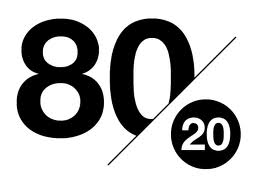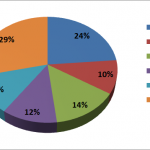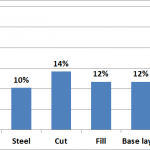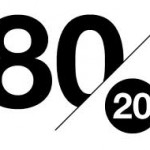Among the numerous fenomenous that follow a Pareto distribution (i.e., 80% of the effects come from 20% of the causes) there is the price of civil works in wind farms.
Through the years we’ve developed a really completed, exhaustive documentation for tenders. Our beautiful Bill of Quantities includes hundreds of items.
However, how many of them have a real impact on price?
Well, just 5.
Basically, around 70%-80% of the total price is driven by the following items:
- Concrete
- Steel
- Cut
- Fill
- Crushed stones for base layer
I’m not saying that it would be a good idea to ask only these 5 prices to the subcontractors.
There are many reasons to produce a complete and accurate Bill of Quantities – for instance, to be sure that you are on the same page with the subcontractor.
Being a niche sector, often smaller local companies have an idea somehow distorted of what is included in a wind farm.
They might ignore the existence of something (“You need 50.000 kg of grout? For what?”) or overprice one or more items (20.000€ to assembly an anchor cage is a good example).
However, at the end of the day what will move the total price will be the 5 items listed above.
Concrete is usually the heaviest item. I’m including in it all types of concrete that might be found in a wind farm (lean concrete, foundation concrete, concrete used in roads, etc.).
Although obviously the numbers will vary depending on the project (a mountainous area with a lot of rock will have expensive earthworks, while a project with dozen of piled foundations will rise steeply steel and concrete price) I’ve seen that they can be used as a rule of thumb and are a useful guideline when I skim through the offers.
As I don’t know if it’s better to present a graphical example with a pie chart or bar diagram (and I enjoy playing with Excel) I attach both.
It’s a 50 MW wind farm quoted by a subcontractor who charges a lot Overhead Costs (which is perfectly fine for me: I don’t want to have them “scattered” where they don’t belong).
71% of the total comes from the 5 key cost drivers.




Leave a Reply